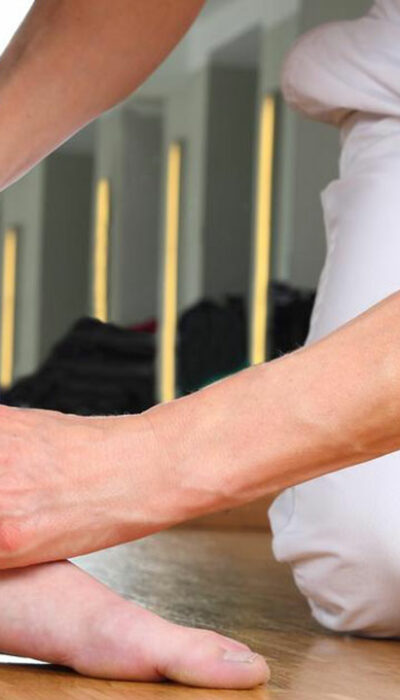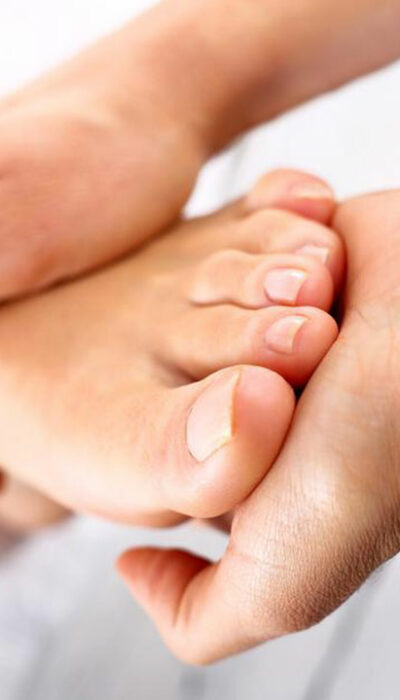
Natural Anxiety Supplements that Actually Work
When you are suffering from any anxiety disorder, the anxiety refuses to go away and interferes with your everyday routine. Learn more about the natural anxiety supplements that actually work to curb this pervasive feeling. All of us experience anxiety at some point in our lives, in fact, it is an inherent part of life. There may be various reasons for your anxiety including family, money, health, and work issues. However, it is not natural to be in a state of anxiety all the time as it can be detrimental to your overall health. When you are suffering from any anxiety disorder, you experience several episodes of sudden feelings of fear and anxiety that reach its peak within a few minutes. These episodes are known as panic attacks . Some of the different types of anxiety disorders are social anxiety disorder, generalized anxiety disorder, separation anxiety disorder, and certain specific phobias. Symptoms and Treatment for Anxiety Anxiety disorders are characterized by a feeling of impending doom or danger, hyperventilation, feeling restless, difficulty sleeping, trouble concentrating, and having difficulty in controlling your worry. There is not enough evidence on exactly what leads to anxiety disorders, however, traumatic events seem to trigger these disorders in those who are already susceptible to anxiety. Anxiety has also been linked with several health problems including diabetes, heart disease, drug abuse, respiratory disorders, thyroid problems, and chronic pain. Psychotherapy and medications are the two main treatment methods available for treating your anxiety. Your doctor will prescribe you medications based on what type of anxiety disorder you are suffering from. You may also be prescribed with benzodiazepine, which is a sedative that provides some relief from anxiety for a short period of time. The only problem with these medications is that they come along with a few side effects that can seem quite distressing when you have anxiety.










